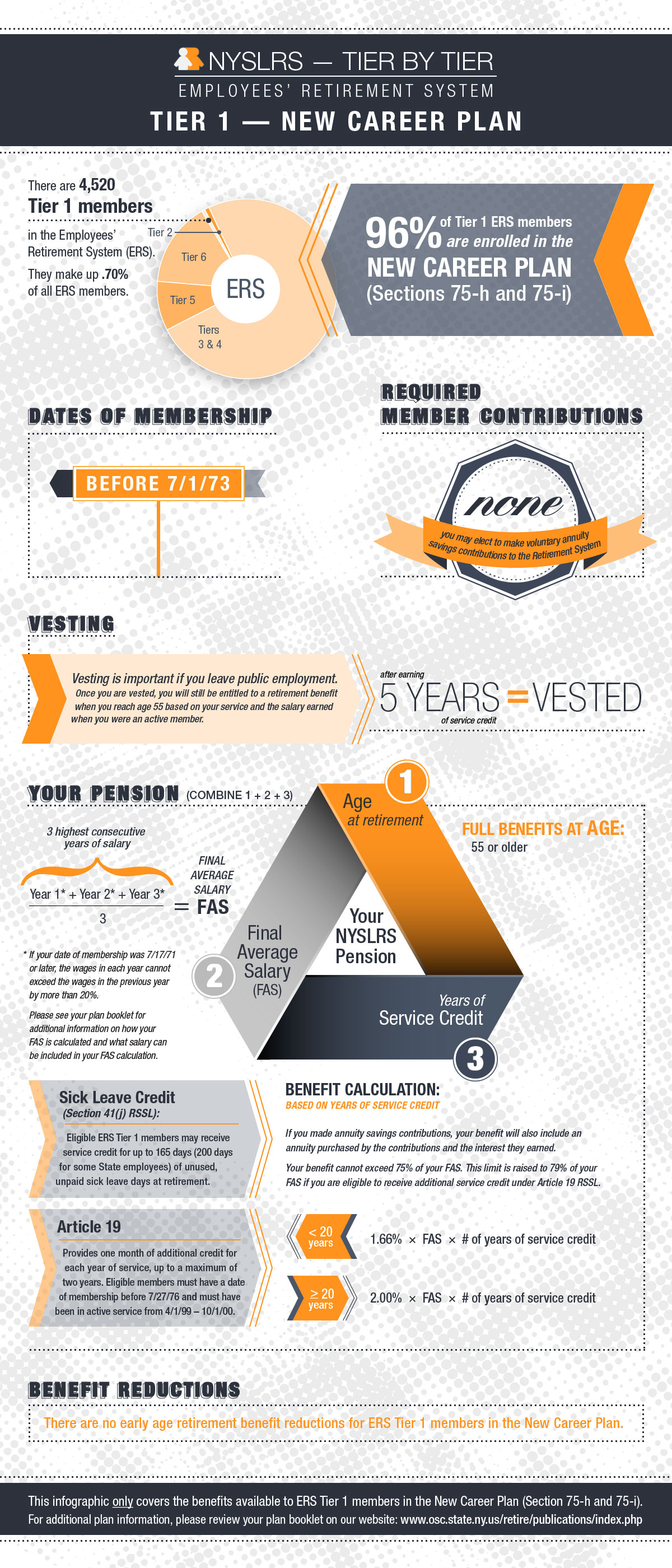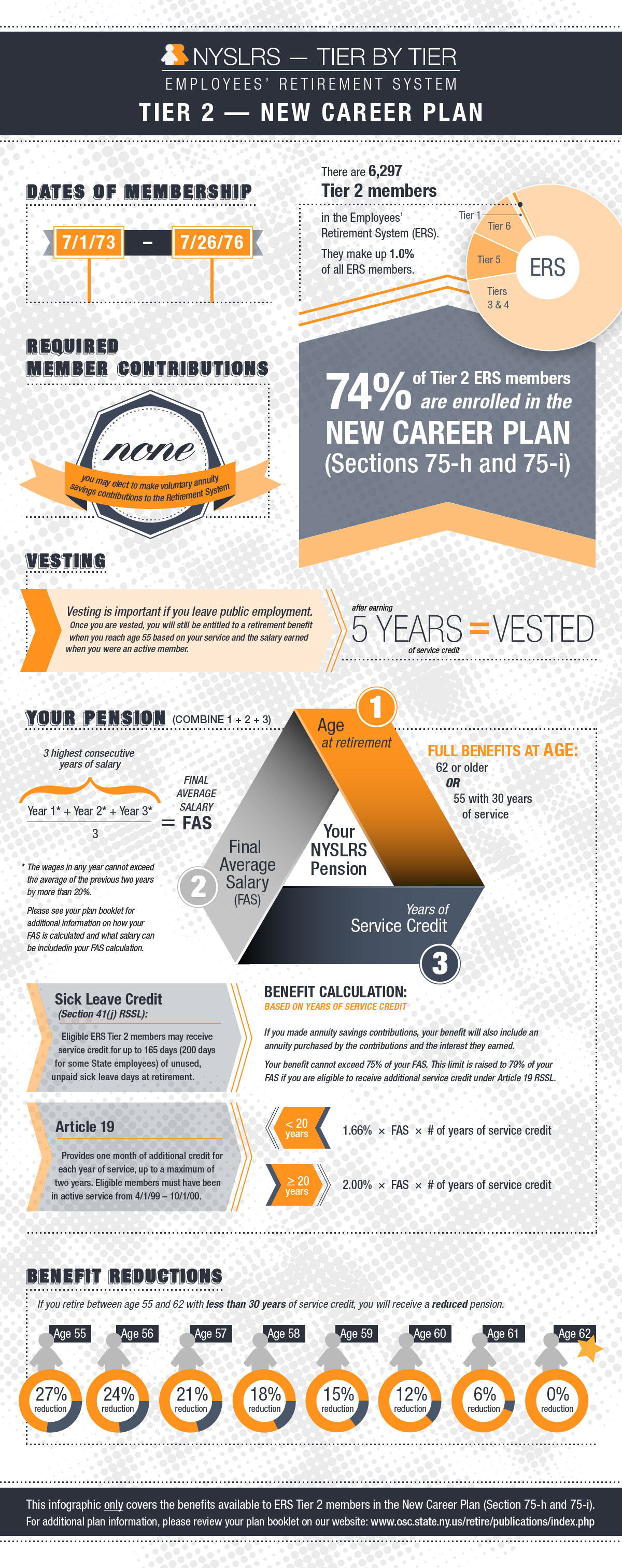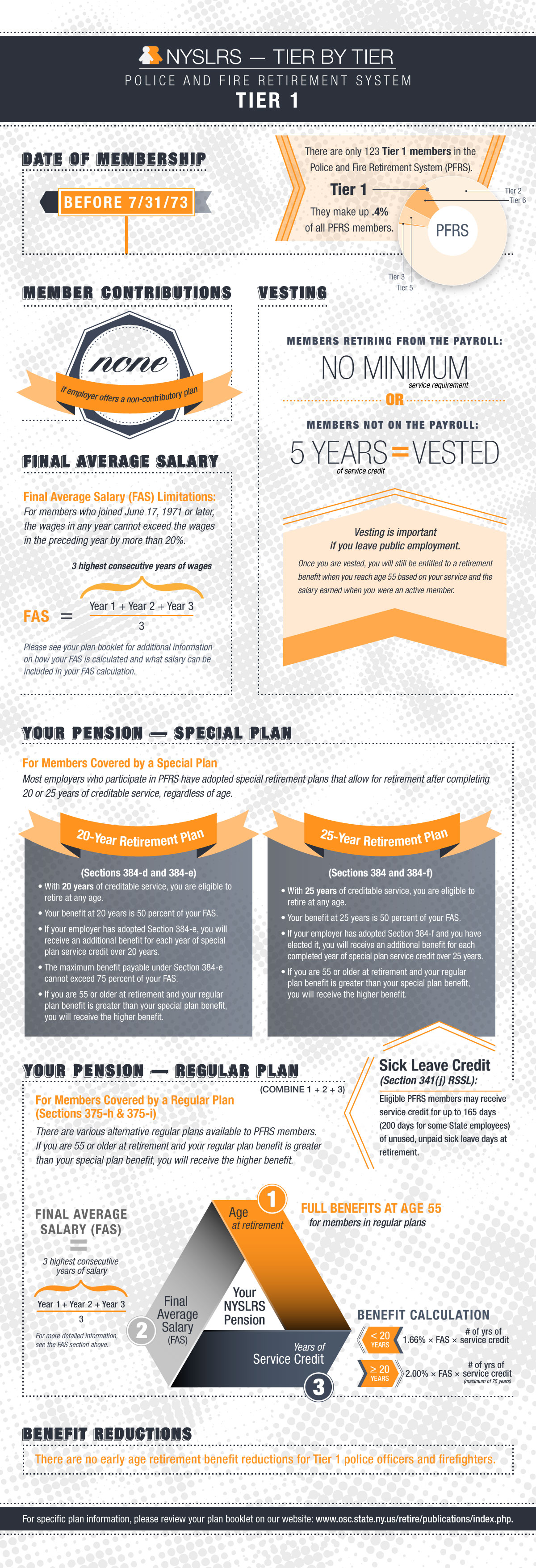The New York State and Local Police and Fire Retirement System (PFRS) provides service and disability retirement benefits, as well as death benefits to more than 35,000 police officers and firefighters.
Most PFRS members are covered by a plan that allows for retirement after 20 or 25 years, regardless of age, without penalty. As a member, you earn credit toward that requirement through paid public employment with participating employers. However, not all public service counts toward your 20 or 25 years.
What Credit Counts Towards Retirement?
The public service that can be used toward your 20 or 25 years is determined by the specific retirement plan under which you’re covered. Check your retirement plan booklet for details.
There are booklets for state police , forest rangers , regional state park police , state university police , EnCon police and members covered under Sections 384, 384-d and 384-e of Retirement and Social Security Law (RSSL). More plan booklets are available on our Publications page.
The most common PFRS plan, which covers nearly 50 percent of PFRS members, was established by Section 384-e of RSSL. With this plan, you earn creditable service:
- As a firefighter or police officer under the 384-e plan;
- As a member or officer of the New York State Police; or
- In the military, as specified by law.
In the 384-e retirement plan, civilian service, as well as service as a sheriff, corrections officer or volunteer firefighter, is not creditable.
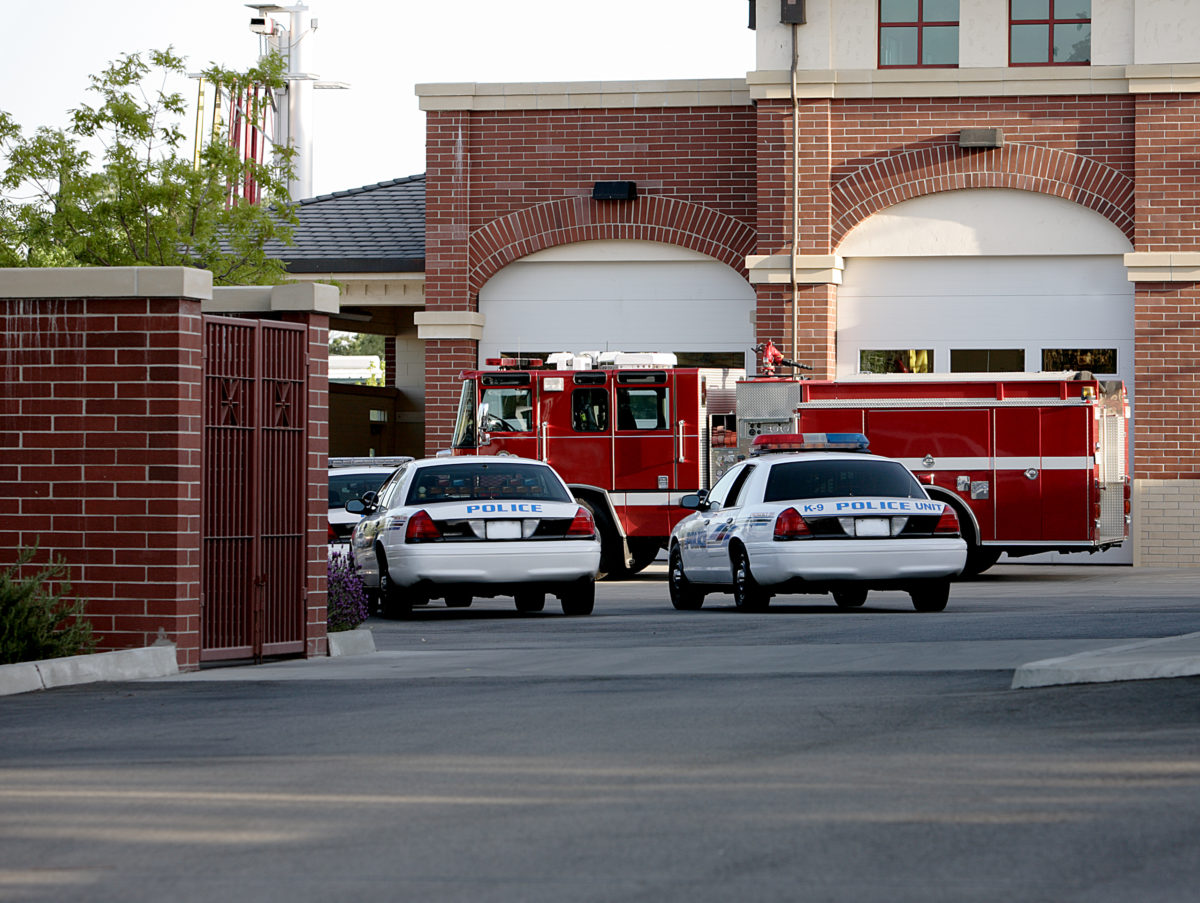
Transferring Membership or Purchasing Service Credit — Contact Us First
If you have worked for multiple New York State public employers and are unsure if all of your service is creditable towards your 20 or 25 year plan, contact us before transferring membership or purchasing service credit . Please note: the public service that can be used toward your 20 or 25 years is determined by legislation and differs among plans offered to PFRS members. You should also be sure to request an estimate from us well before your planned date of retirement if there is any question about your creditable service.
Get an Estimate
PFRS members should request an estimate from us as early as 18 months before you plan to retire. It’s the best way to make sure you have all the credit you’re entitled to. Simply fill out and return a Request for Estimate (RS6030) form.


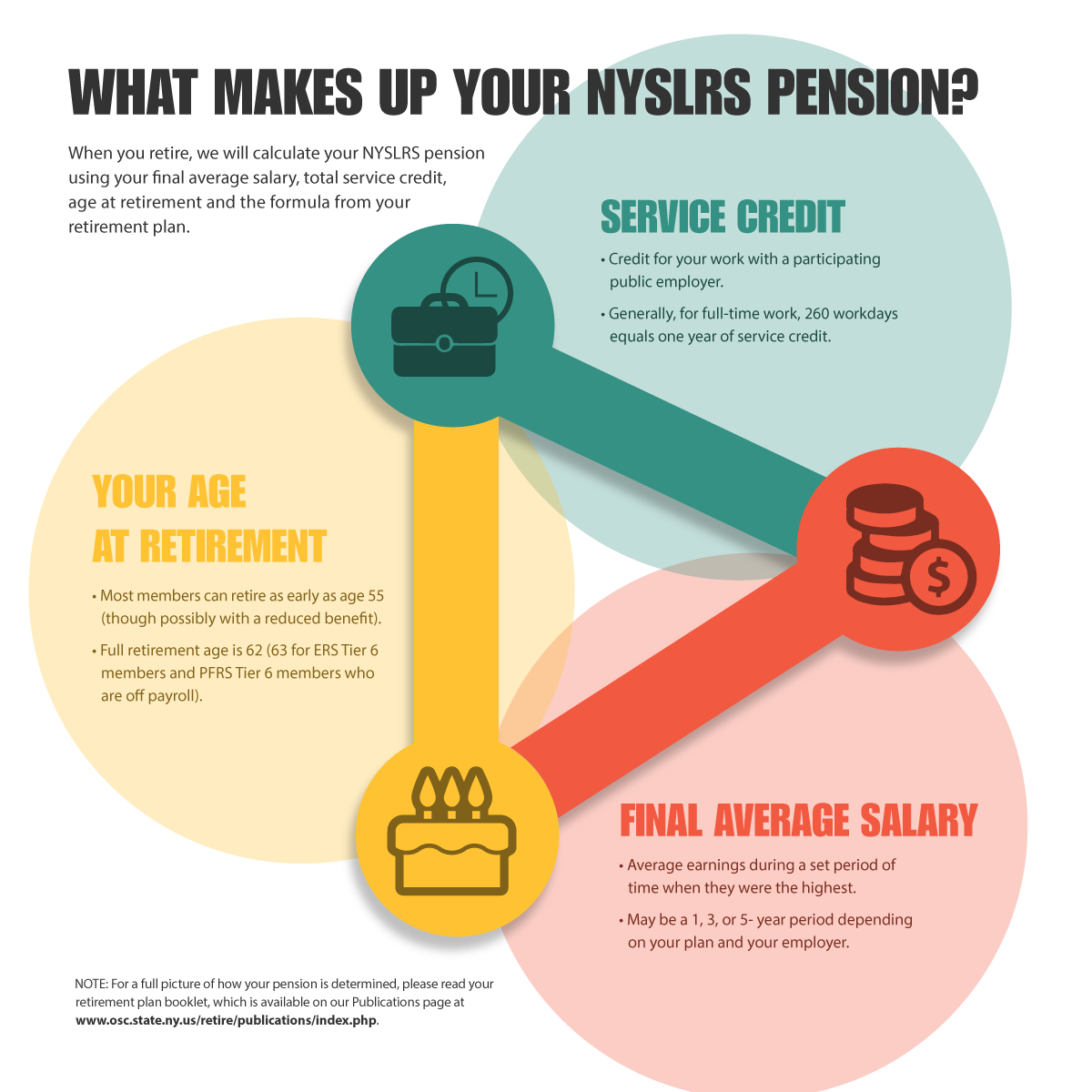
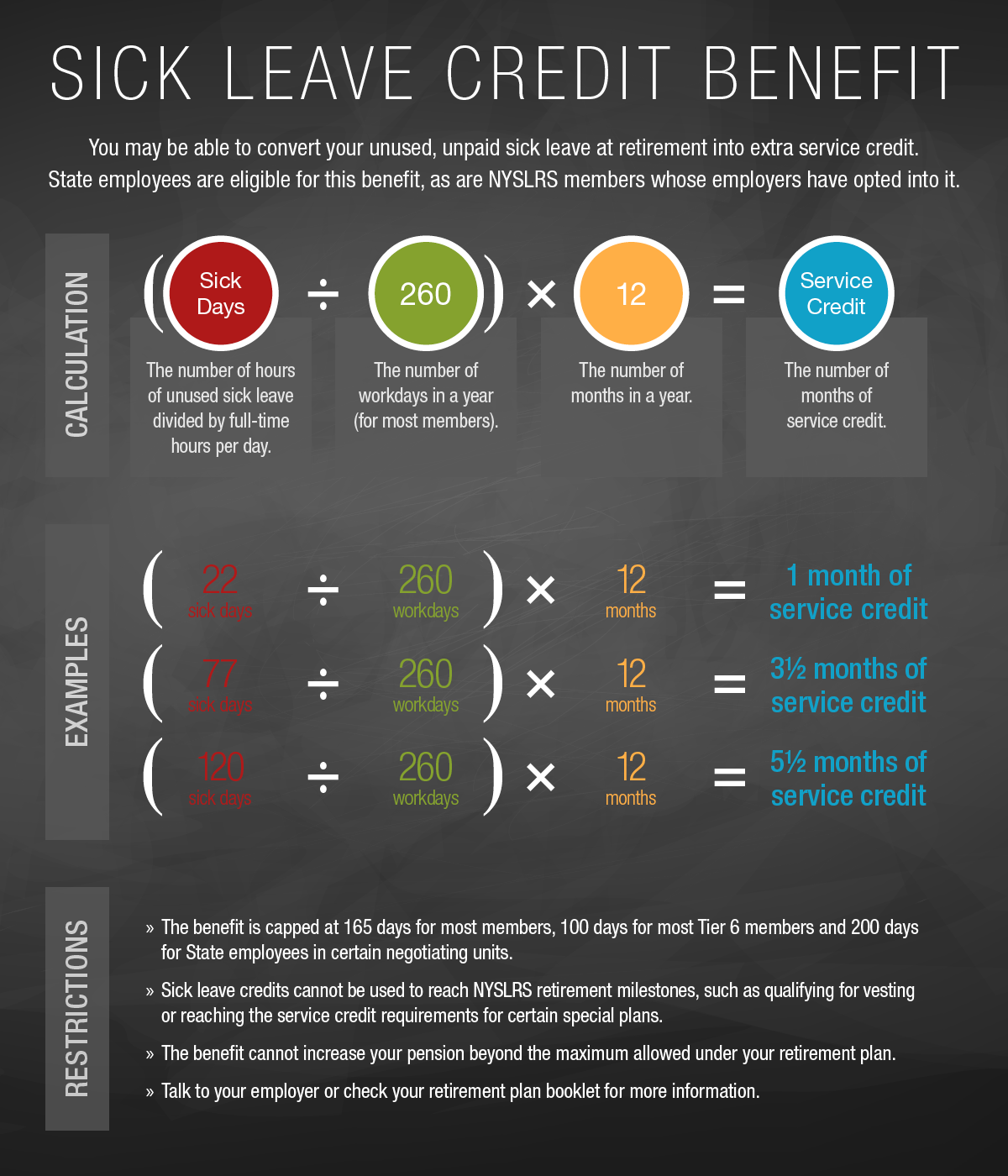
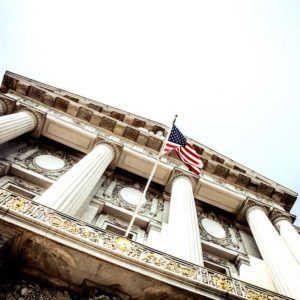 As public employees in New York State, elected and appointed officials are usually NYSLRS members. However, their compensation generally isn’t based on an hourly rate, and their irregular hours can make a typical timekeeping system impractical. So, how do we fairly and accurately credit their service in our system?
As public employees in New York State, elected and appointed officials are usually NYSLRS members. However, their compensation generally isn’t based on an hourly rate, and their irregular hours can make a typical timekeeping system impractical. So, how do we fairly and accurately credit their service in our system?